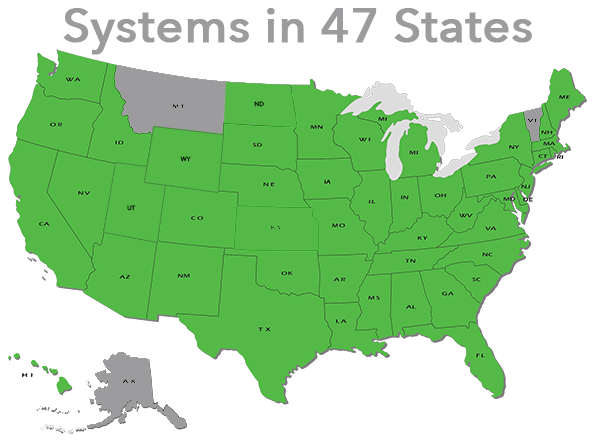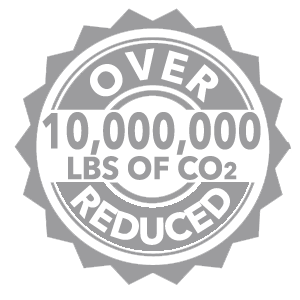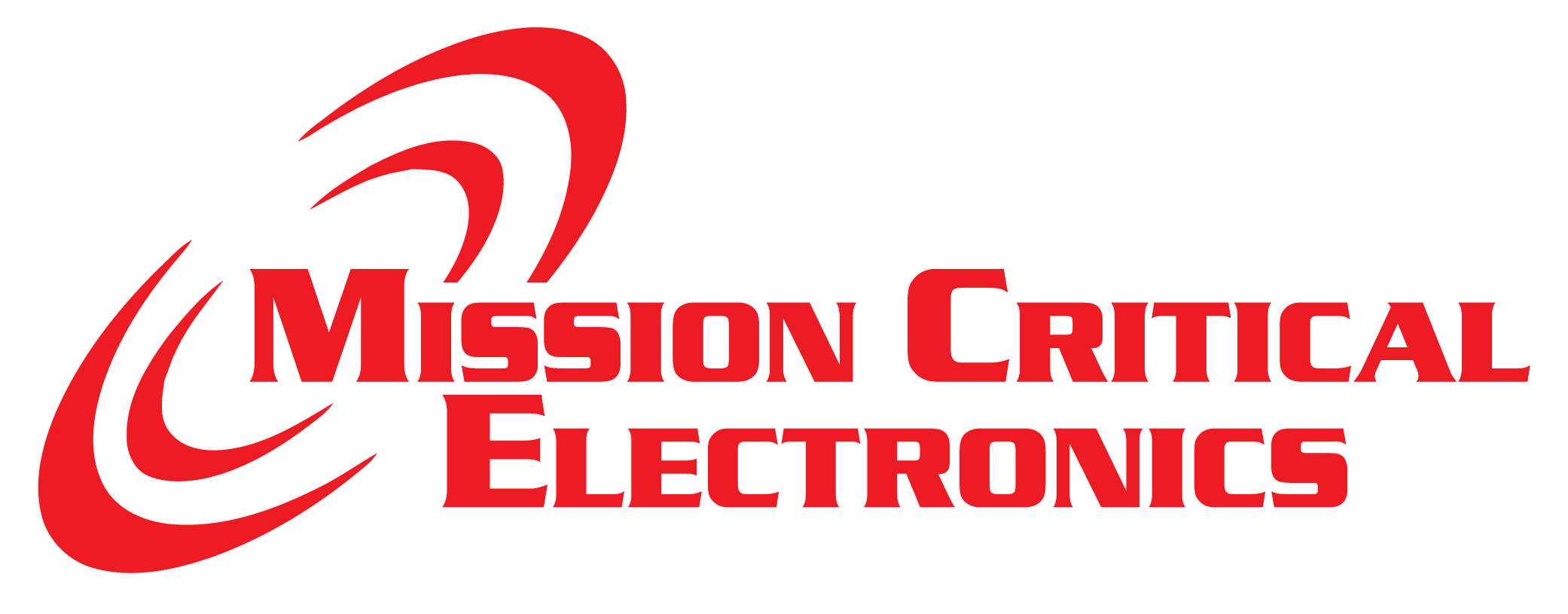
October 27, 2014 Source: U.S. Energy Information Administration, Monthly Energy Review EIA has adjusted its estimates of the energy content of retail motor gasoline in the Monthly Energy Review (MER) to reflect its changing composition. Ethanol and other oxygenates, which have lower energy content than petroleum-based gasoline components, have seen their share of total gasoline volumes increase from 2% in 1993 to nearly 10% in 2013. As a result, EIA's estimate of motor gasoline's average energy content per gallon has declined by about 3% over this 20-year period. The adjustment in EIA's estimate of the average energy content per gallon of motor gasoline reflects changes in response to 1990 Clean Air Act (CAA) regulations that split the U.S. gasoline market into three segments: conventional, oxygenated, and reformulated . Oxygenated and reformulated gasoline was required to be blended with compounds that contained oxygen, such as MTBE (methyl tert-butyl ether) or...
2693 Hits
Copyright
© EIA
2693 Hits
























